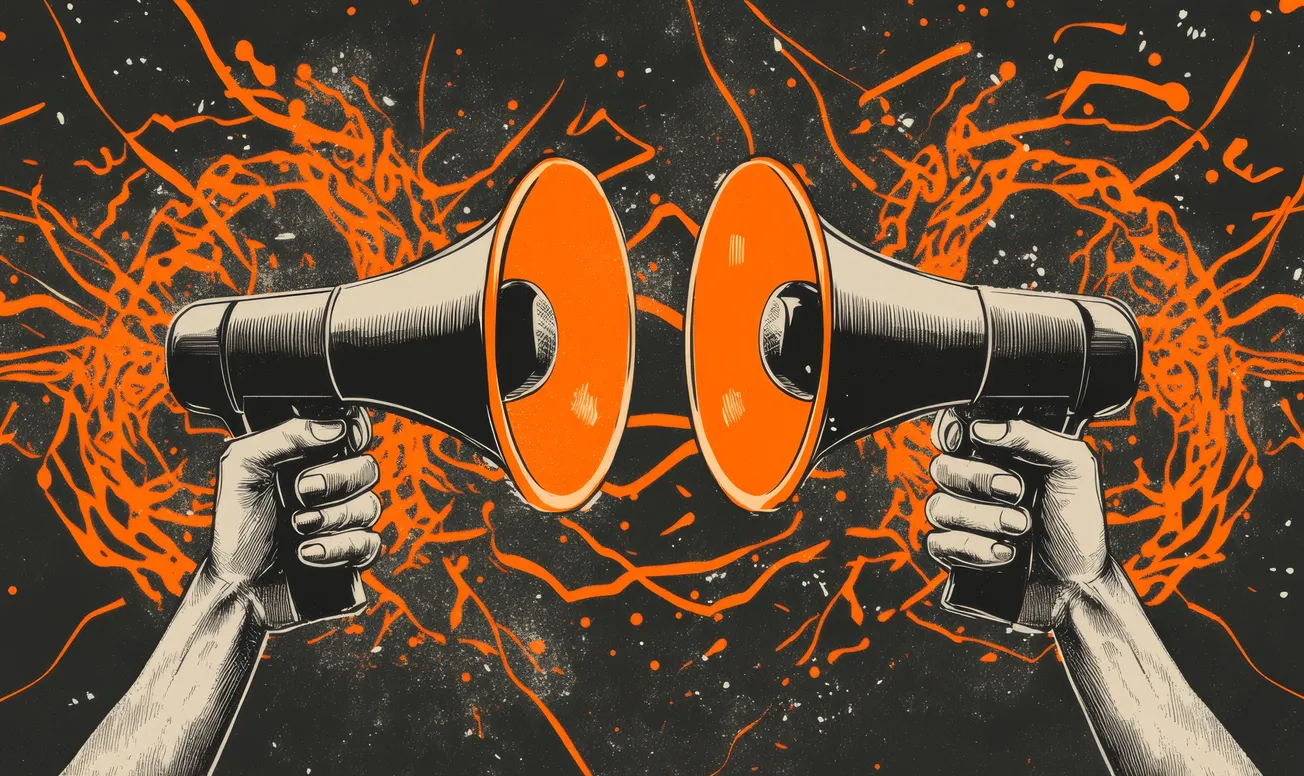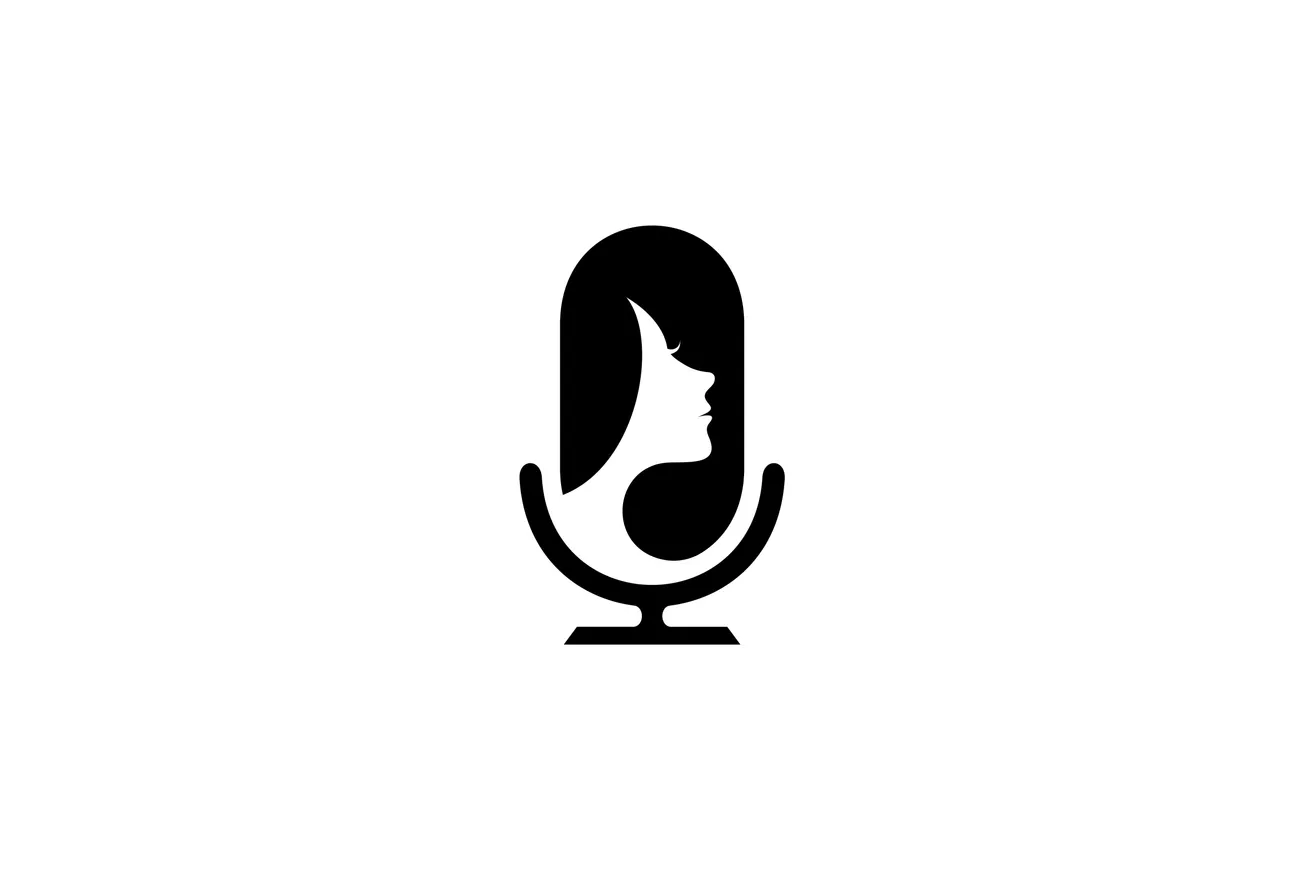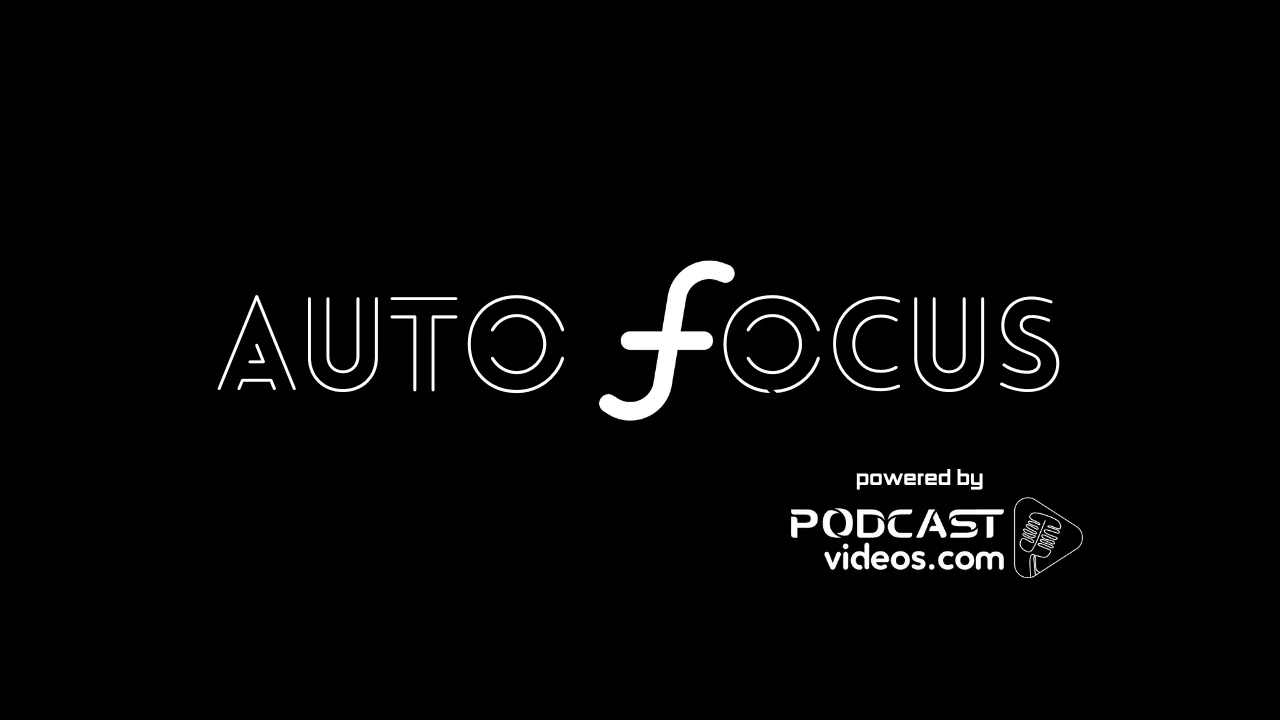Pandora Radio was one of the early pioneers of internet radio and music streaming services. Founded in 2000, the platform used its innovative “Music Genome Project” to provide personalized radio stations, generating excitement among early adopters and driving user growth.
At its peak, Pandora was a dominant force in music streaming, with millions of users tuning in daily.
However, by 2024, Pandora’s position in the market has significantly deteriorated. As noted, the platform’s current consumer interest level has fallen to just 5% of its 2008 peak, according to Google Search trends.
Meanwhile, its daily reach has halved since 2017, and its audience share has eroded across almost every demographic, save for older listeners.
This decline can be attributed to a variety of factors, including shifts in consumer behavior, technological advances, and increased competition.
Pandora gained traction in the early 2000s, attracting users with its innovative approach to music discovery. By analyzing songs based on hundreds of musical attributes, Pandora allowed users to create highly personalized radio stations.
By 2008, Pandora was at its peak, with millions of active users and a growing advertiser base. Its ad-supported model seemed sustainable, and it benefited from the lack of strong competition in the streaming space.
The landscape started shifting in the early 2010s as new competitors entered the streaming market.
The launch of Spotify in 2008 (and its expansion to the U.S. in 2011) marked a pivotal moment.
Unlike Pandora’s radio model, Spotify offered on-demand streaming, where users could search and play specific tracks or albums. This gave listeners more control over their music, drawing away users who had initially turned to Pandora for music discovery.
The introduction of Apple Music in 2015 further accelerated the decline of Pandora’s market share. Apple leveraged its massive iPhone user base and integrated Apple Music into its ecosystem, making it an appealing alternative for many listeners.
By the end of this period, Pandora’s growth had stagnated, and its daily reach began to erode. Despite attempts to innovate with features like Pandora Premium (a direct competitor to Spotify’s on-demand model), the service failed to capture the attention of the younger, more tech-savvy audience that had initially embraced it.
By 2016, the writing was on the wall. As Barton Crockett, a Wall Street media analyst, noted, “Pandora pioneered something really interesting… but the early adopters are moving to on-demand, and mainstream America is still in love with AM/FM radio.”
While on-demand services such as Spotify and Apple Music captured the younger audience, AM/FM radio retained strong appeal among older demographics.
From 2017 onwards, Pandora’s audience share steadily diminished. Edison Research’s “Share of Ear” reports show Pandora’s daily reach fell from 12% in 2017 to just 6% by 2024. At the same time, AM/FM radio and its digital streams maintained a dominant presence, with 63% daily reach and double the reach of ad-supported Pandora and Spotify combined.
Pandora’s reliance on its ad-supported, radio-style streaming model became a key vulnerability as consumers began shifting toward on-demand services. The flexibility of platforms like Spotify, where users could create playlists and choose specific songs, was a major draw.
Spotify also capitalized on a “freemium” model, allowing users to access a free version of the service with ads or pay for an ad-free experience, giving listeners more control.
Pandora was slow to adopt an on-demand model, which limited its ability to compete with Spotify and Apple Music. By the time Pandora introduced its Premium tier, it had already lost much of its core audience.
Unlike its competitors, Pandora remained focused on the U.S. market for most of its existence. Spotify and Apple Music, on the other hand, aggressively pursued international expansion. This gave them access to a broader user base and more revenue streams. Pandora’s relatively limited geographic reach restricted its growth potential and left it vulnerable to competitors with a global presence.
Another factor in Pandora’s decline has been the rise of podcasts. Podcasts have seen massive growth, with a 19% share of ad-supported audio in 2024, according to Edison Research.
This growth has come at the expense of music streaming services like Pandora. Platforms such as Spotify have invested heavily in podcasting, acquiring exclusive rights to popular shows and launching their own original content, further drawing away Pandora’s listeners.
Pandora did attempt to enter the podcasting space, but its late entry and lack of exclusive content meant it struggled to gain traction. Meanwhile, other platforms, such as Spotify and Apple, continue to dominate the podcast market.
A 2024 study by Advertiser Perceptions revealed that media agencies and marketers dramatically overestimate the audiences of Spotify and Pandora while underestimating AM/FM radio.
The perception that Pandora still held a significant share of the audio market may have led advertisers to continue investing in the platform, but the reality was that its audience had shrunk dramatically. This perception gap may have delayed Pandora’s efforts to pivot more aggressively as its market position deteriorated.
Spotify’s success can be directly tied to Pandora’s decline. The platform offered greater control, a vast music library, and both free and premium options. Spotify has also heavily invested in podcasts, which has allowed it to draw in more listeners and advertisers. Its personalized playlists and data-driven recommendations have made it a favorite for music discovery, a space that Pandora once dominated.
Apple’s integration of Apple Music into its devices gave it a competitive edge, particularly among users who were already deeply embedded in the Apple ecosystem. With its extensive music catalog and exclusive content, Apple Music provided a more appealing option for users who wanted a more immersive, on-demand music experience.
YouTube Music is another player that has chipped away at Pandora’s audience. With the backing of YouTube’s vast content library and Google’s infrastructure, YouTube Music offers a compelling mix of music videos, live performances, and user-generated content alongside traditional music streaming.
The growing popularity of podcasts has also siphoned off some of Pandora’s audience. Spotify, in particular, has invested heavily in podcasts, acquiring exclusive rights to popular shows such as The Joe Rogan Experience and Call Her Daddy. This has helped Spotify cement itself as a leader in the audio space, with podcasts accounting for a growing share of its overall listening time.
Apple Podcasts and other podcasting platforms have also contributed to Pandora’s decline. While Pandora does offer podcasts, it has not been able to compete with the exclusive deals and high-profile content available on other platforms.
As of 2024, Pandora remains a shadow of its former self. While it still retains a niche audience, particularly among older listeners, its overall market share has been decimated by the rise of on-demand streaming services and podcasts.
Pandora’s inability to adapt quickly enough to changing consumer preferences, its failure to expand internationally, and its late entry into the podcasting space have all contributed to its decline. Moving forward, Pandora will need to find ways to innovate and carve out a distinct niche if it hopes to regain relevance in an increasingly crowded audio landscape.










